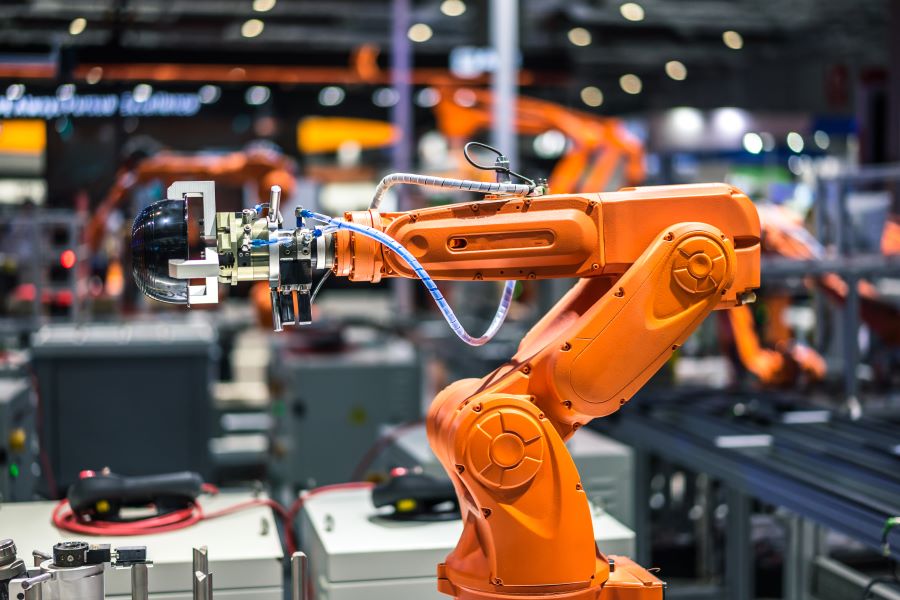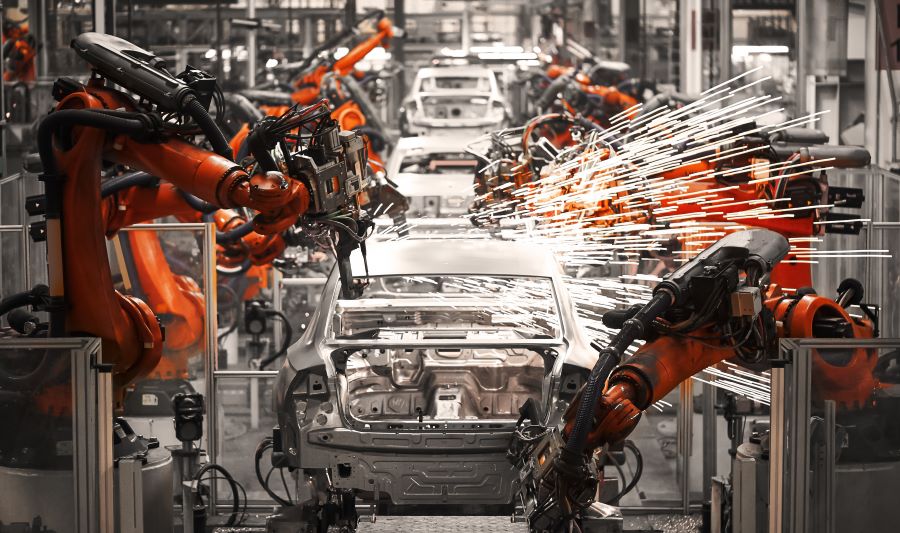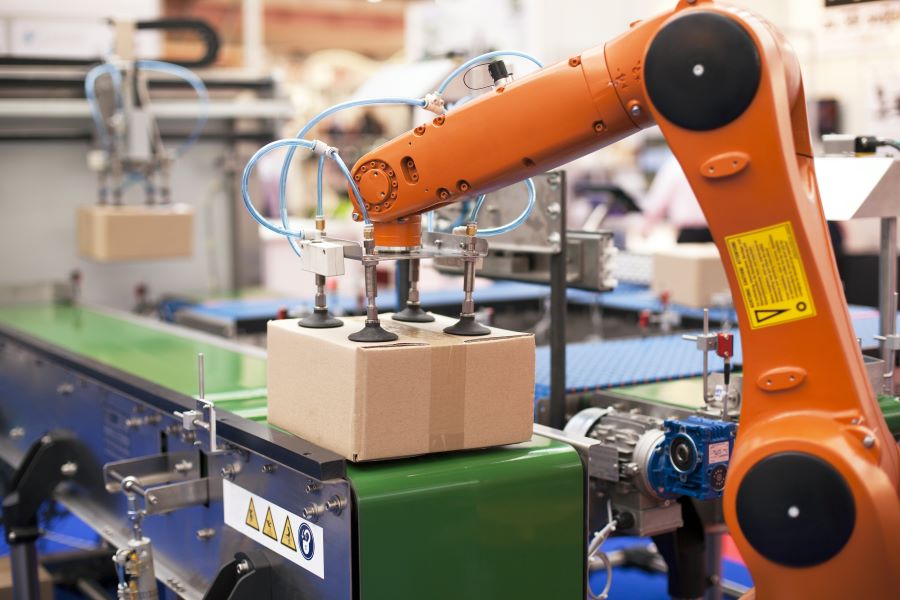In recent years, automation has become increasingly prominent in industrial settings. Automation technologies have made it possible to replace manual labor with robotic systems and computers, such as traditional industrial robots, to increase efficiency, lower costs, and maximize production output. With the advancement of artificial intelligence and machine learning, machines can now complete complex tasks with minimal human intervention.
The manufacturing industry currently stands at the forefront of automation in the workplace. This advancement in this field is essential to maintain a competitive edge in the global market. Automation helps manufacturers produce goods more quickly and efficiently while reducing costs associated with human labor. In addition, robots can provide precision and repeatability that manual labor cannot match, which enables companies to increase production quality.
Several automation technologies are being used in the manufacturing industry today. Although they are all helpful, one of the most extensively used kinds of automation machines in this setting is the collaborative robot or cobot.
Cobots Application in Manufacturing
Collaborative robots in manufacturing settings have gained popularity because of their flexibility and overall usability. Here are some ways collaborative robots are used in manufacturing applications:
Picking, Packing, and Palletizing
Manually picking, packing, and palletizing materials can be a labor-intensive and time-consuming job. It can also be dangerous for the staff members doing these tasks, especially if they’re handling heavy products and objects.
Additionally, mistakes often happen when picking, packing, and palletizing products manually. If not addressed properly, you can experience a loss in revenue and even a hit in your brand reputation.
Fortunately, these tasks are now easier to complete with the help of cobots. They can accurately pick and place objects with precision and consistency as well as follow instructions for packing them according to customer orders. They can also work longer hours than humans and don’t require rests or breaks.
Welding
One of the most common tasks in the manufacturing industry is welding. This requires skills and precision that can only be done consistently by highly trained workers.
However, since workers only have limited working hours per day, they can’t be expected to weld all products with the same accuracy and speed. This is why welding is one of the most common applications of cobots in manufacturing.
Cobots help reduce the risk of errors in welding, as they can be programmed to weld components accurately and repetitively. They can also learn different welding techniques, which can be easily stored and used for future tasks.
Assembly
Assembling components is another repetitive task that can benefit from automation. Cobots can be programmed to perform any assembly task with a high degree of accuracy and efficiency.
Furthermore, cobots can recognize components and assemble them according to specific instructions. This helps streamline the assembly process and reduce human errors that may occur if done manually. Workers can also focus on more demanding tasks on the production and assembly floor, such as problem-solving and quality assurance.
Material Handling
Material handling is another important task in the manufacturing industry. It requires workers to move, transport, and load materials within the production facility.
Cobots are ideal for this application, as they can be programmed to move and transport materials from one place to another. They also help reduce fatigue and the risk of workplace injuries, as they can handle heavy loads with ease.
Material Removal
Removing certain materials from products or components is also a tedious and time-consuming task in the manufacturing industry. Manual labor can be used for this purpose. However, it’s not very precise and can be an expensive process.
Cobots, on the other hand, can accurately remove materials from products with precision and consistency. This helps reduce the cost of production, as well as increase efficiency and quality standards.
Quality Control
Another use of collaborative robots in manufacturing applications is quality control. Cobots can be programmed to detect product defects and sort them out from the rest of the production line. This helps save time and resources that are otherwise used to perform manual inspections and quality checks.
Using cobots can also allow you to ensure a high level of customer satisfaction. This is because the products produced and inspected using cobots are of higher quality and accuracy than those made through manual labor.
Invest in a Collaborative Robot for Your Manufacturing Business
Investing in a cobot for your business is wise because of its benefits. It helps reduce costs and increase productivity while ensuring high accuracy and quality in the manufacturing process.
Moreover, cobots are easy to operate and maintain. They also help reduce workplace accidents and injuries because they take over dangerous tasks often done by human workers.
Overall, AI cobots are a great way to increase efficiency and improve the quality of your products. Investing in one is a smart decision for any manufacturing business. With the right model and programming, you can reap its benefits in no time!
Learn more about AI cobots and their applications in the manufacturing industry. Get in touch with us today!



